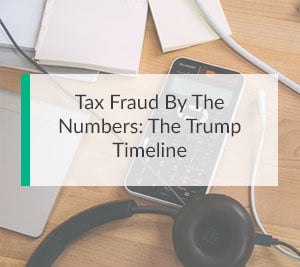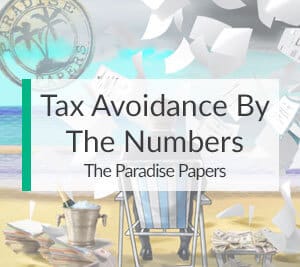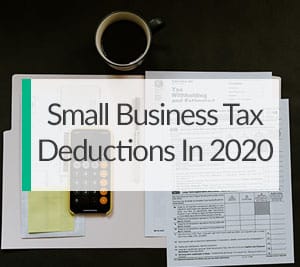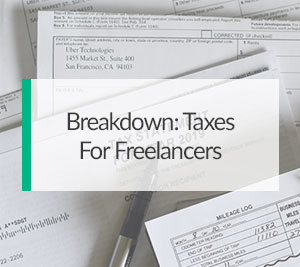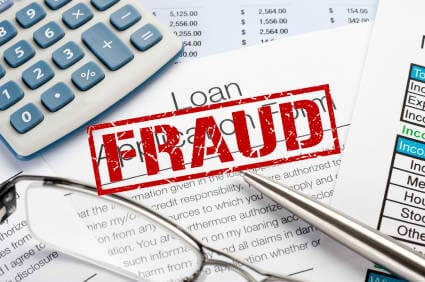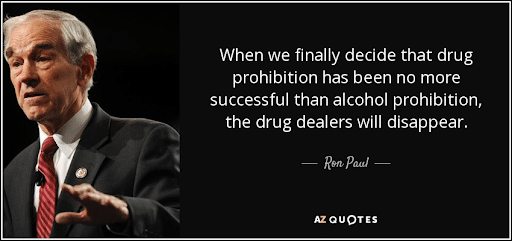
History | Colorado | Washington | Oregon | Alaska | California | Nevada | Massachusetts | Maine | Michigan | Illinois | Key Takeaways
For the past century, America has been in a fierce debate regarding the legal status of marijuana. And while individuals on both sides of the issue are passionate about their positions regarding the morality and safety of cannabis, those against legalization have largely had their way— until very recently.
Fast forward to the present day and you’ll see a significant change in the legal landscape. At the time of writing, 33 states allow medicinal marijuana use and 11 states allow legal recreational use. Furthermore, 9 additional states may organize a vote for legalization on their 2020 ballots.
So what changed? Among other things, the promise of marijuana tax revenue was a huge motivator. Reframing the marijuana debate around its merits as a tool for government funding has been extremely helpful for the pro-legalization cause, and it’s led many states to experiment with legalization.
But what are the results of this experiment?
Has legalization of recreational cannabis actually led to economic growth for these states? And what does this mean for the future of marijuana legalization in the country?
Keep reading to find out!
Reframing the marijuana debate around its merits as a tool for government funding has been extremely helpful for the pro-legalization cause, and it’s led many states to experiment with legalization
The Confusing History of Marijuana Tax in the United States
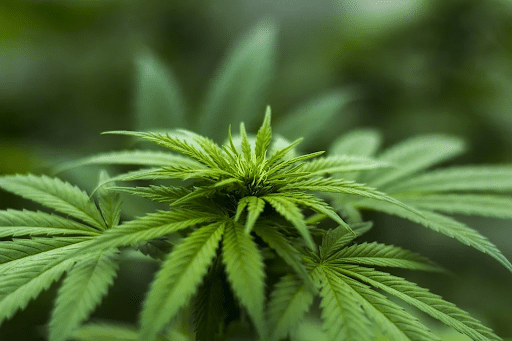
To understand the full significance of American marijuana tax revenue, it’s important to understand the historical context of cannabis in America.
The United States has had a relationship with this plant from the very beginning; after all, George Washington famously grew hemp on his plantation. Since that time, new discoveries into the different varieties of cannabis and their potential effects when consumed led the country to reevaluate its relationship to marijuana. As a result of these discoveries, the United States government began imposing strong regulations on cannabis in the 20th century.
One of these regulations was the Marijuana Tax Act of 1937, which was the first attempt at applying a tax to marijuana used for medicinal purposes. Although this legislation appears to be an attempt at generating revenue for the government, many scholars, historians, and politicians believe that it was deceptive in nature. This is because the consequences for violating the Marijuana Tax Act — a $2,000 fine ($36,000 adjusted for inflation) and up to 5 years in prison — were far harsher than the taxes imposed, which were around $1 per ounce or $24 per year.
Because of these valid criticisms (and the paltry amount of revenue it brought in), the Marijuana Tax Act was declared unconstitutional and replaced with the Comprehensive Drug Abuse Prevention and Control Act of 1970. This act removed the tax and reduced the severity of punishment for possession, but also denied any medicinal purpose for cannabis and labeled it a Schedule I Substance.
Since that ruling, the fight for legalization continued, but it mostly fell on deaf ears during the Reagan presidency and the “War on Drugs.” However, the success of California Proposition 215 in the 1990’s helped change marijuana’s image from a harmful party drug to a taxable medicine, which led to several other states implementing similar initiatives over the next two decades.
Because of marijuana’s new public perception, the subject of taxation was once again introduced. However, the context was no longer a pretense for punishing dealers and users, but for incentivizing state governments to regulate recreational use. The potential gains in tax revenue was so enticing that many financial analysts believed it to be the reason for Washington and Colorado’s passing votes to legalize recreational usage in 2012.
Looking at the present day, marijuana is still tightly regulated and Schedule I classified. However, the government’s reaction to cannabis — and the motivation for its taxation — has evolved. Instead of attempting to outlaw marijuana entirely, this new approach seeks to tightly regulate it as a cottage industry.
The government’s reaction to cannabis — and the motivation for its taxation — has evolved. Instead of attempting to outlaw marijuana entirely, this new approach seeks to tightly regulate it as a cottage industry
Recreational Marijuana Tax Revenue By State
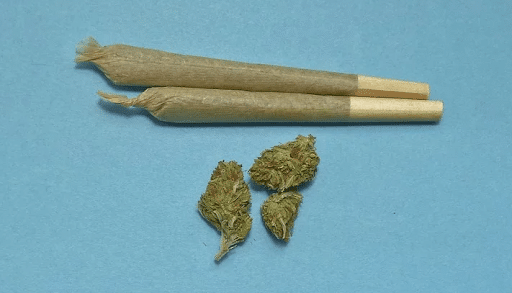
Of course, this argument for legal weed is only as strong as its results. But how many states that have legal recreational usage actually see net increases in their tax revenues? Listed below is data gathered from 11 American states that currently allow for the recreational use of marijuana.
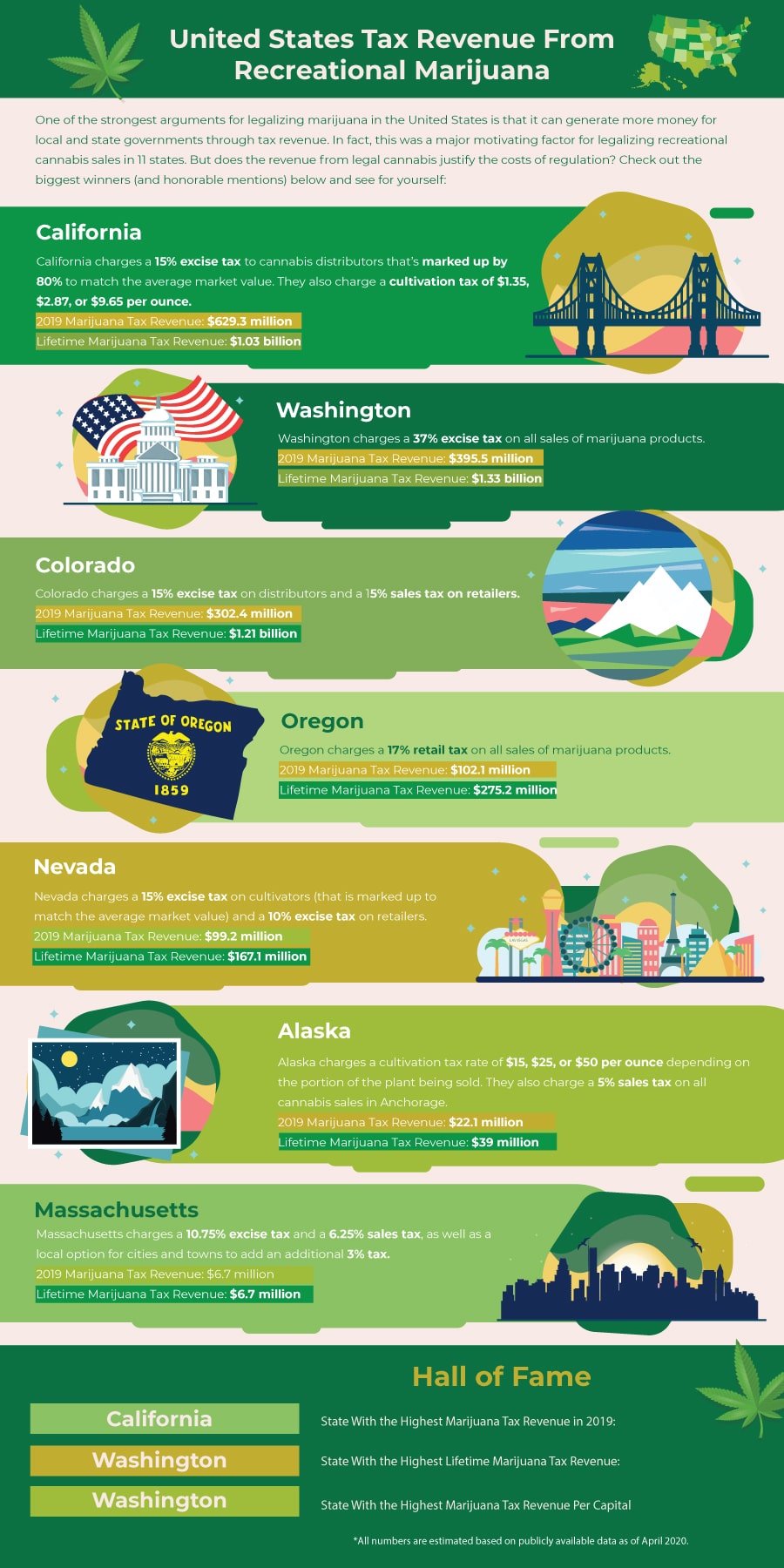
Colorado Marijuana Tax Revenue
Colorado was one of the first states to legalize recreational cannabis. In 2012, its citizens voted Yes on Amendment 64, which stated that “The use of marijuana should be legal for persons twenty-one years of age or older and taxed in a manner similar to alcohol.”
Currently, Colorado taxes marijuana in two ways: an excise tax and a retail sales tax. The excise tax is applied when distributors sell or transfer cannabis to a retail store or manufacturer and costs 15%. After that, the retail tax takes another 15% when any recreational marijuana product is sold. But how much money does this model provide the state?
According to data provided by the state Department of Revenue, the Colorado marijuana tax rate has brought in millions of dollars in revenue every year. When the law went into effect in 2014, the state made about $67.5 million for the calendar year. This has increased every year, reaching around $302 million in 2019.
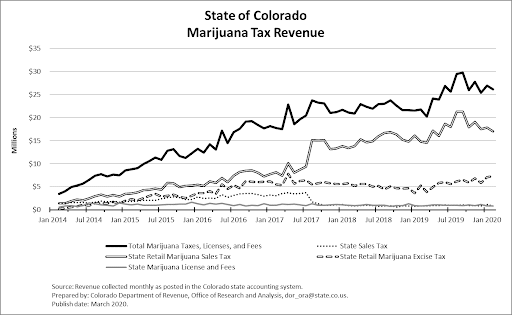
Source: Colorado Department of Revenue
Interestingly, Colorado experienced increased profits in other areas as well. Data from the Bureau of Economic Analysis shows that the state’s Gross Domestic Product (GDP) increased by roughly $41 billion since legalization:
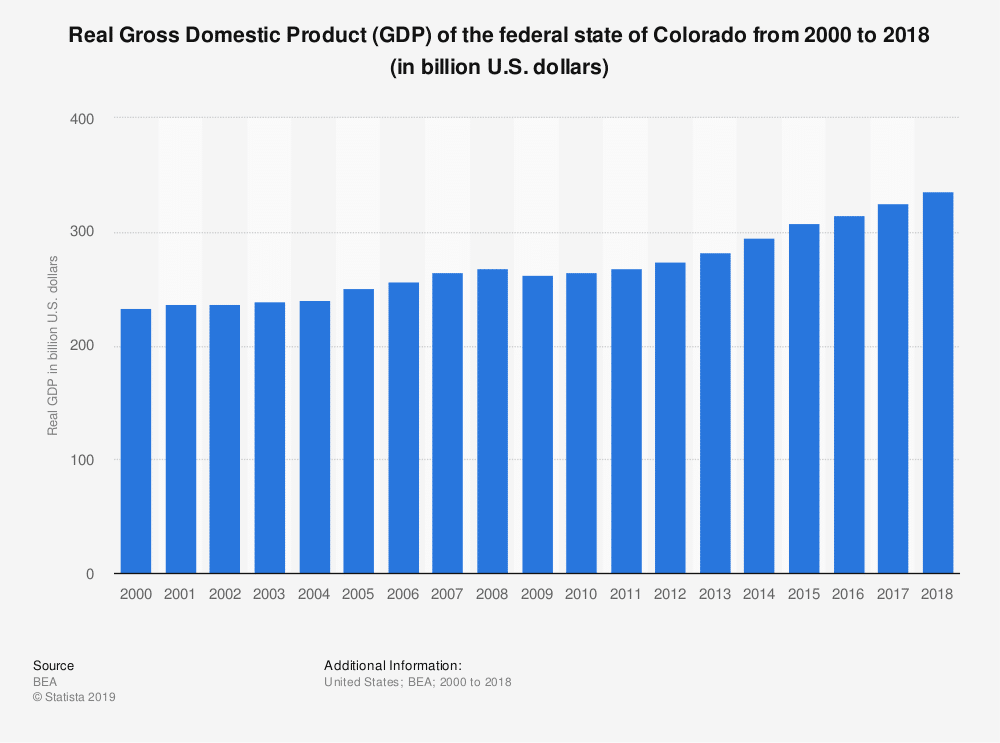
Obviously, there are countless other factors that could have caused this GDP increase, including the recent period of nation-wide economic growth. However, part of the increase in revenue is definitely due to the cannabis industry’s effects on industries like tourism. This is why one Penn State researcher believes that legalization in Colorado resulted in Denver hotels increasing revenue by $130 million.
Washington Marijuana Tax Revenue
Washington legalized recreational marijuana the same year as Colorado, making them the first two states to do so. Currently, the Washington State Department of Revenue has all marijuana tax matters handled by the Washington State Liquor and Cannabis Board. According to this board, the current Washington cannabis tax rate is “an excise tax of 37 percent on all taxable sales of marijuana, marijuana concentrates, useable [sic] marijuana, and marijuana-infused products.”
Finding exact data on tax revenue generated by the state on recreational sales is somewhat confusing since the state Liquor and Cannabis Board stopped updating their database in 2017. (Maybe they got the munchies and forgot?) This has led to a discrepancy regarding tax revenue from 2018:
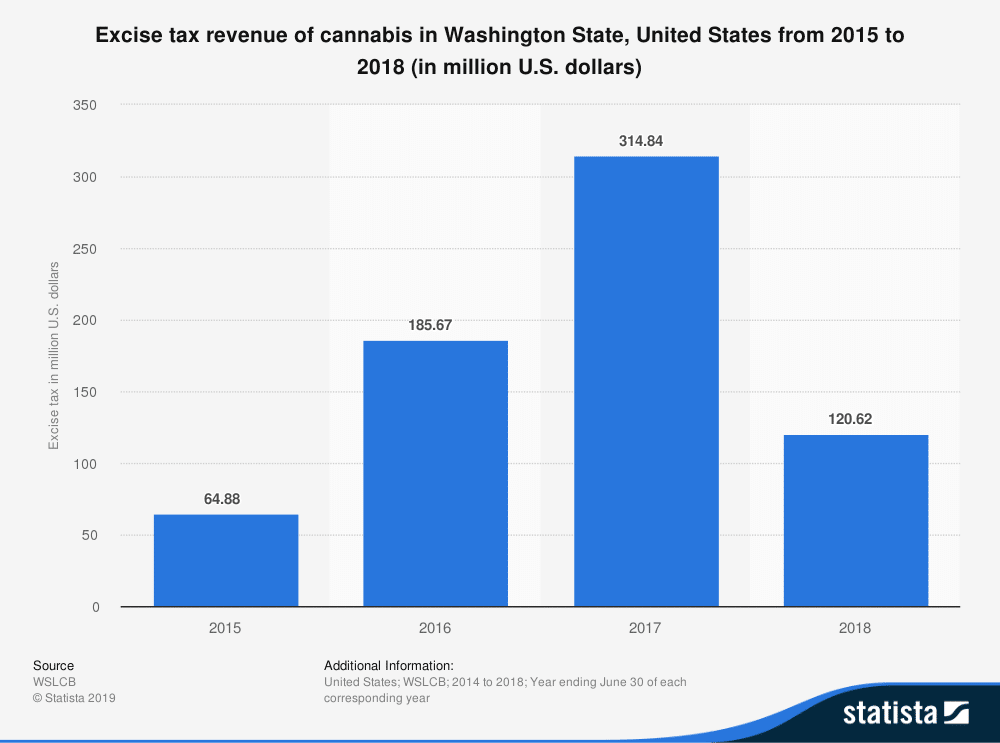
According to the above graph, 2018’s revenue was only a little over $120 million. However, a fiscal report published by the Liquor and Cannabis Board in 2019 mentioned that they actually pulled in $367.4 million in 2018 and $395.5 million in 2019.
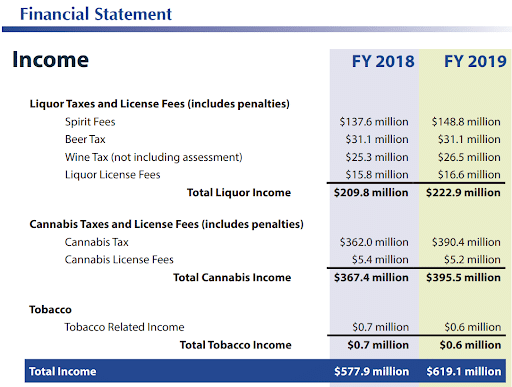
Source: Washington State Liquor and Cannabis Board
Much like Colorado’s, Washington’s tax revenue from recreational sales has continued to trend upward. Furthermore, the state has made good use of the extra profits by distributing it among important community services. According to Washington State Treasurer Duane A. Davidson, the vast majority of the tax revenue generated by legalization goes toward a healthcare fund called the Basic Health Plan Trust Account, which is intended to “provide necessary basic health care services to working persons and others who lack coverage.”
Much like Colorado’s, Washington’s tax revenue from recreational sales has continued to trend upward. Furthermore, the state has made good use of the extra profits by distributing it among important community services
Oregon Marijuana Tax Revenue
Oregon was part of the second wave of legislative efforts to legalize recreational use of marijuana. After an unsuccessful attempt two years prior, its citizens successfully passed Oregon Ballot Measure 91 in 2014, which allowed for legal cannabis “based on regulation and taxation to be determined by the Oregon Liquor Control Commission.” As it currently stands, the Oregon marijuana tax rate is 17% on all retail sales.
!function(e,i,n,s){var t=”InfogramEmbeds”,d=e.getElementsByTagName(“script”)[0];if(window[t]&&window[t].initialized)window[t].process&&window[t].process();else if(!e.getElementById(n)){var o=e.createElement(“script”);o.async=1,o.id=n,o.src=”https://e.infogram.com/js/dist/embed-loader-min.js”,d.parentNode.insertBefore(o,d)}}(document,0,”infogram-async”);
Revenue gathered from this tax was small in 2016 — about $20.6 million — since it only covered part of the fiscal year. But according to the Portland Business Journal, this steadily increased over the next 3 years, with about $102 million pulled in for 2019.
According to the Oregon Liquor Control Commission, different parts of the state can add up to 3% more to the retail tax and sellers can withhold 2% of the proceeds. This means that both local governments and retailers can also benefit economically from the tax, which is a huge incentive for them to keep all operations above board. Like Washington, the commission also provides a full breakdown of where Oregon’s cannabis tax revenue goes. The difference is that more of Oregon’s money goes to education (40%) than healthcare (25%).
Alaska Marijuana Tax Revenue
Alongside Oregon, the state of Alaska voted to legalize recreational cannabis in 2014. The initial tax rate was $50 per ounce of marijuana transferred or sold by a cultivator to a retailer. However, the current Alaska cannabis tax rate has changed to either $15, $25, or $50 per ounce depending on the specific stage at which the plant is developed. Furthermore, the Municipality of Anchorage added an extra 5% retail sales tax on all marijuana products sold in the city— which is where the majority of Alaska’s dispensaries are located.
Looking at monthly reports published by the Alaska Department of Revenue, we can see how much marijuana tax revenue has grown since legalization went into effect. For the 2017 fiscal year, the state pulled in just over $1.7 million from sales of about 47,000 ounces:
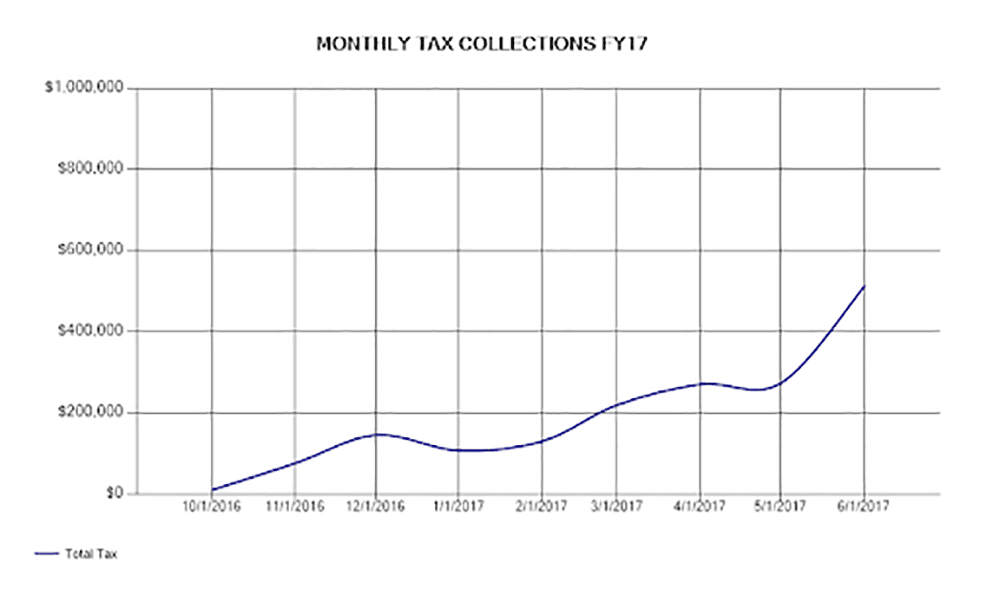
Source: Alaska Department of Revenue
Compare that to the amount of revenue collected (so far) in the 2020 fiscal year and you’ll see a substantial increase: about $13.7 million from roughly 423,000 ounces:
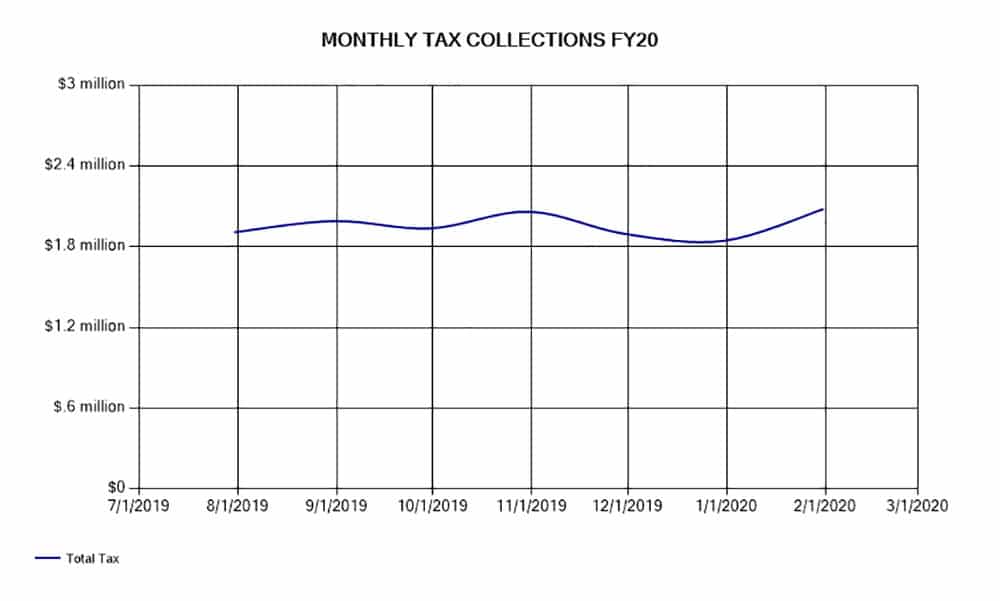
Source: Alaska Department of Revenue
What about the 5% retail tax for all dispensaries in Anchorage? This has also been extremely profitable according to a report from the municipality: approximately $1.3 million in 2017 and $3 million in 2018. However, Anchorage’s retail tax revenue on cannabis sales had a slight dip in 2019, with the state only reporting $2.8 million on its yearly report. It’s unclear what could have caused this dip, especially when state taxes and the amount of marijuana being distributed and sold has only increased in the same time period. However, the difference in revenue is pretty negligible, so it doesn’t appear to be worrying anyone at the moment!
California Marijuana Tax Revenue
Four states voted for legal recreational use of marijuana in 2016; California was one of them. Although they were the first state to attempt legalization back in 1972 with Proposition 19, they were unsuccessful until passing Proposition 64 44 years later. But the surprising thing about cannabis taxes in California is that it’s become incredibly complicated in recent years, with some saying that they cross the line into being hostile toward the industry.

According to the California Department of Tax and Fee Administration, the state enforces a 15% excise tax. This was outlined in the original proposition back in 2016 and was initially similar to Colorado’s marijuana tax; however, its current form has been significantly changed.
Now, the 15% fee is placed on distributors instead of retailers— and it’s marked up by an additional 80% to match the average market price. Based on their own example, this would mean that a $40 marijuana transaction would be taxed as if it were $90. On top of that, California also charges a cultivation tax at various rates depending on different parts of the plant.
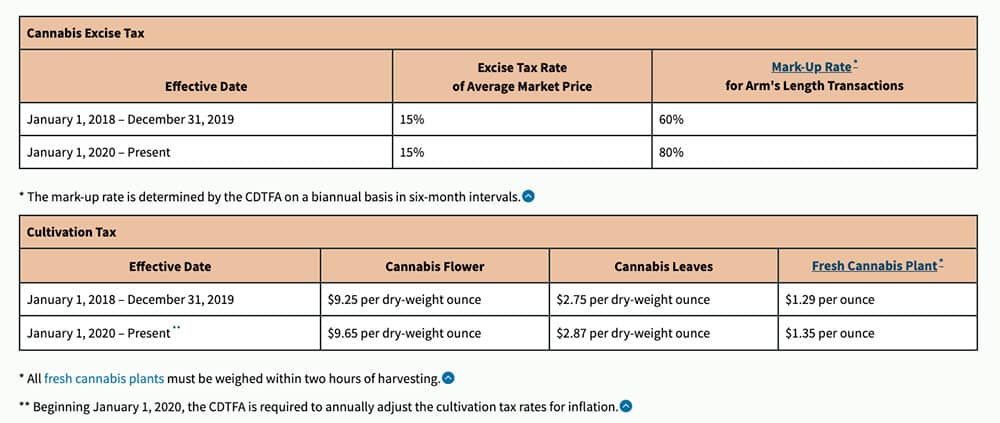
Source: California Department of Tax and Fee Administration
With that being said, California has still managed to pull in an impressive amount of tax revenue from legalized marijuana over the past 2 fiscal years: $395.3 million in 2018 and $629.3 million in 2019:

Source: California Department of Tax and Fee Administration
That’s an impressive amount of money brought in from the cannabis industry, but these numbers are still well below the state’s expectations. According to an article from the LA Times, one potential reason for these disappointing dividends is that overly complicated taxes encourage buyers and sellers to stick to the untaxed black market.
The surprising thing about cannabis taxes in California is that it’s become incredibly complicated in recent years, with some saying that they cross the line into being hostile toward the industry
Nevada Marijuana Tax Revenue
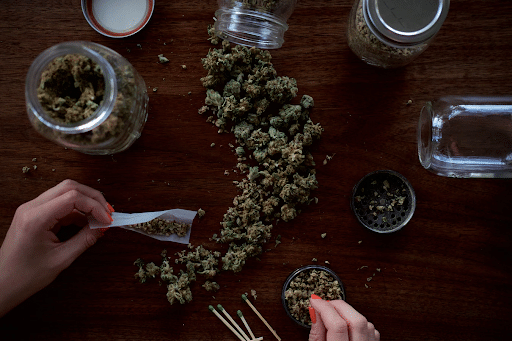
Nevada voted Yes on Question 2 in 2016, legalizing marijuana for recreational use after 16 years of legal medicinal use. Although the state had previously imposed a 2% excise tax on cultivators for medicinal products, this was changed to match recreational rates with a wholesale excise tax of 15% and a retail tax rate of 10%, according to the State of Nevada website. Much like California, this state also adjusts the calculation of its excise tax according to the “Fair Market Value.”
For the 2018 fiscal year, the Nevada Department of Taxation reported around $69.7 million in revenue from the marijuana excise tax. In 2019, this number jumped to about $99.2 million, which is an indicator of substantial growth. That being said, there’s been some recent conflict around the proper enforcement of health standards that could indicate trouble.
After a data scientist from Washington shared results of an investigation that suggested Nevada’s cannabis labs were lying about THC content in specific strains, the state Department of Taxation began cracking down on various health violations among state dispensaries. This led to a lengthy investigation that included an advisory on products being sold at 30 different locations. These intrusive investigations were the catalyst for a lawsuit filed by one affected dispensary against the state, which could lead to further legal battles down the line.
Massachusetts Marijuana Tax Revenue
Alongside Nevada and California, Massachusetts was another state to legalize recreational cannabis in 2016 after voting Yes on Question 4. The tax rate attached to this measure was initially quite low — 3.75% excise tax and 6.25% sales tax — but was increased halfway through the first fiscal year. Currently, the state sales tax remains at 6.25% but the excise tax has increased to 10.75%. Furthermore, individual towns and cities may add up to 3% more for their own withholdings, in a similar move to Oregon and Alaska.

Source: Mass.gov
Finding specific data on Massachusetts cannabis tax revenue is surprisingly difficult. Much like Oregon and Washington, the state does have a department specifically dedicated to tracking cannabis sales. However, the Massachusetts Cannabis Control Commission doesn’t collect or track tax payments; that’s the job of the Department of Revenue. Fortunately, a 2020 market data report from the commission can help us estimate the total amount of tax revenue the state collected in the last fiscal year.
Take a look at this table listing all marijuana retail sales over the 2019 fiscal year:
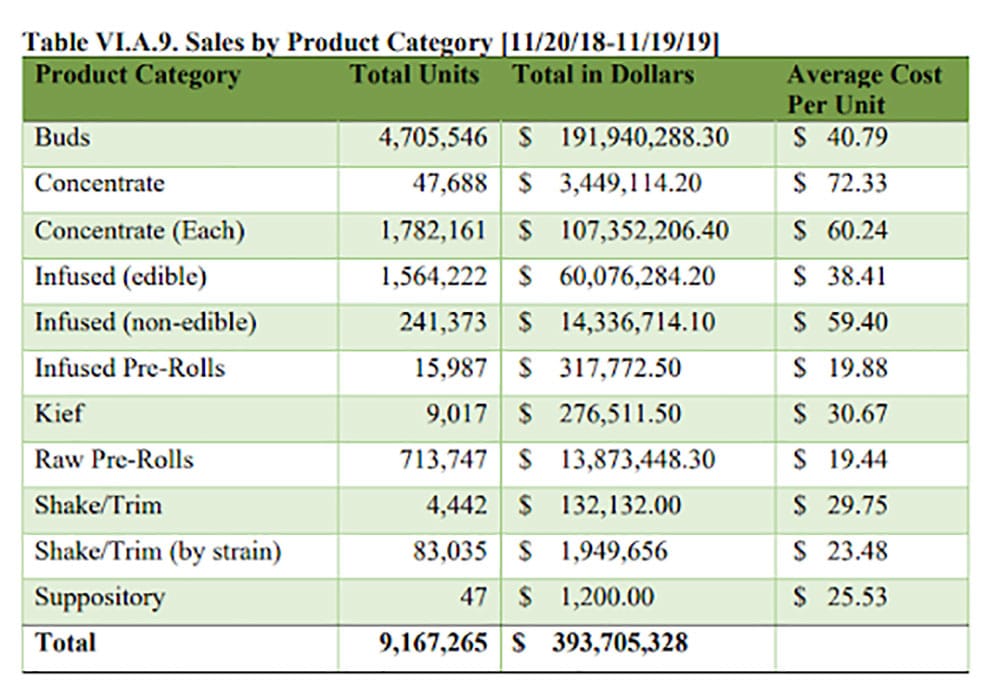
Source: Massachusetts Cannabis Control Commission
According to the state Department of Revenue, “all sales of marijuana by a marijuana retailer are retail sales subject to the marijuana excise.” This means that all $393.7 million in sales listed above can be taxed at both 6.25% and 10.75%. This isn’t even mentioning the additional 3% that local governments can impose, which is beyond the scope of this limited dataset. From this, we can estimate that these sales pulled in approximately $2,460,658 in sales tax and $4,232,332 in excise tax. This adds up to around $6.7 million in tax revenue for 2019— a seemingly low estimate, but the closest thing to official numbers.

Unfortunately, it won’t be clear exactly how much revenue Massachusetts’ legalization is bringing in until more concrete data is made available. This is a major concern for the state commission, which was told in a 2019 report that “Significant data-gathering efforts to obtain municipal-level information may be needed,” and was also encouraged to “consider establishing a partnerships [sic] with qualified researchers and experts in cannabis policy” in order to get this important data.
Maine Marijuana Tax Revenue
The State of Maine voted Yes on Question 1 in 2016, legalizing recreational marijuana use alongside Massachusetts, California, and Nevada. After some lengthy negotiations, the state decided to implement both a sales tax and excise tax on all recreational cannabis products sold in the state. Currently, the sales tax rate is 10% and the excise tax varies in price and unit depending on the different parts of the plant being sold.
Due to the recency of Maine’s legalization of recreational cannabis, no revenue has been reported since no recreational dispensaries are open. However, a 2019 fiscal year report from the Maine Department of Administrative and Financial Services stated that they collected just over $49,000 in revenue from ID cards and establishment licenses.
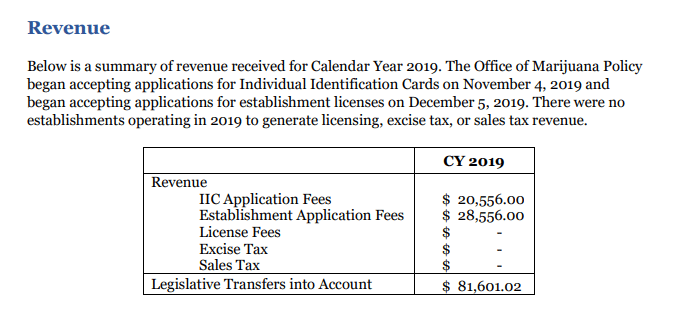
Source: Maine Department of Administrative and Financial Services
Michigan Marijuana Tax Revenue
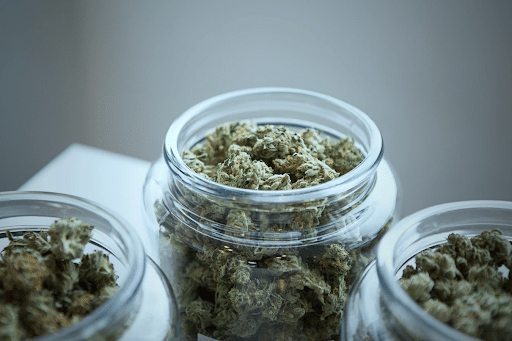
After a petition to have it included on the ballot, voters successfully passed the Michigan Regulation and Taxation of Marijuana Act during the 2018 general election. After legalization was approved, the state Department of Treasury implemented a 10% excise tax and a 6% sales tax for all purchases based on their final sales price. This gives a bit of wiggle room to increase tax payments for specific products, but isn’t nearly as inflated as California’s “average market value” policy.
At the time of writing, there is no recreational Michigan cannabis tax revenue because dispensaries for adult use haven’t opened yet. However, the State is confident that legalization will bring in a great deal of tax revenue for two reasons. First, their current tax rate is among the lowest in the country, which would presumably discourage customers from going to the black market in order to avoid paying them. And second, the state already pulls in a great deal of tax revenue from medical marijuana sales, which they perceive as an indicator of success with legal sales (more on this later).
Vermont Marijuana Tax Revenue
The state of Vermont successfully passed legislation to legalize recreational cannabis use in 2018, making it the first state in the country to do so. Instead of voting on a measure or proposition during the general election, the issue was raised to the state House of Representatives as a bill. After the House passed HB511, it was taken to the Senate and passed there as well. Finally, the bill ended up on the desk of Vermont Governor Phil Scott, who signed it into law at the beginning of 2018.
Since this law went into effect so recently, there is no data on Vermont cannabis tax revenue. In fact, there aren’t even any taxes on marijuana in Vermont to charge, since the actual sale of marijuana is still illegal in the state. However, this subject is currently being discussed by the Taxation and Regulation subcommittee of the Vermont Marijuana Commission. Deliberations are still ongoing, but one suggestion made in a presentation by the subcommittee was for a 15-25% excise tax for all retail sales. This tax would also be ad valorem, or “according to value,” which would be similar to Michigan’s proposed tax rate.
Illinois Marijuana Tax Revenue
The Illinois Cannabis Regulation and Tax Act was signed into law by governor J.B. Pritzker in June 2019. In a similar move to Vermont, this was a legislative process of marijuana legalization and not a ballot vote. However, what differentiates this bill from Vermont’s is how it not only legalizes commercial sales of cannabis for recreational use, but how it uses this new industry as a method of pursuing equity among disenfranchised members of the community.
Based on comments from Governor Pritzker on Twitter, the bill also clears the criminal records of many people who were convicted of nonviolent marijuana-related charges “Through an efficient combination of automatic expungement, gubernatorial pardon and individual court action.” It also includes a low-interest loan program “To create opportunity for entrepreneurs in the communities that deserve it most.” These sweeping legislative actions are revolutionary in spirit with the apparent aim of building a strong and lucrative new industry for the state.
In line with the revolutionary nature of this legal action, the Illinois Cannabis Regulation and Tax Act imposes a different approach to taxation from other states. After applying a wholesale tax of 7% on cultivators — similar to the excise tax imposed by other states — sales tax on retail products vary from 10% to 25% based on potency. This is in addition to standard Illinois sales tax of 6.35% and a local option of up to 3.5%.
With so many taxes imposed on a product that is being aggressively touted as a new industry, it’s clear that Pritzker and the state of Illinois are banking hard on legal marijuana as a method of bolstering their economy and tax revenue. Fortunately, this tactic appears to be working in the short term; CBS Chicago reported that the state pulled in about $10.5 million from recreational cannabis tax revenue in January 2020, the first month in which legalization went into effect.
With so many taxes imposed on a product that is being aggressively touted as a new industry, it’s clear that Pritzker and the state of Illinois are banking hard on legal marijuana as a method of bolstering their economy and tax revenue
Key Takeaways from Cannabis Revenue
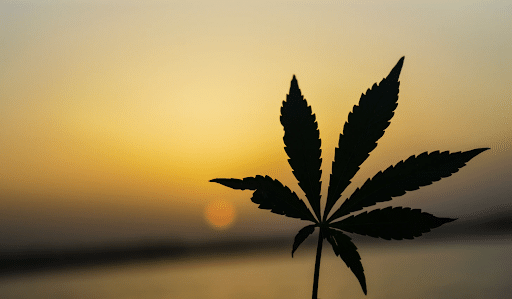
As you can see, a great deal of data is available from the 11 different states that have legalized recreational marijuana. In addition to analyzing the different types and percentages of taxes imposed on different members of the industry, we can determine what might happen in some states that have legalized recently (Michigan, Vermont, and Illinois) based on data from states that legalized a few years ago (Colorado, Washington, and Oregon).
So what are the answers to the questions asked earlier, and what new questions do these answers provide? Here are the key takeaways:
Medical Sales Don’t Equal Recreational Sales
Many states that decide to legalize recreational cannabis have had legal medicinal cannabis for several years. In fact, part of their justification for legalizing recreational sales is their success in generating revenue from medicinal sales; this is definitely the case in the state of Maine, where medicinal marijuana is the third-largest industry behind lobsters and potatoes. However, what states quickly realize is that the two industries aren’t necessarily going to have identical levels of success.
Consider the marijuana tax revenue collected by Colorado and you’ll see how there’s little overlap between the two markets. From 2014 to 2016, recreational sales have steadily increased while medical sales have remained largely flat. You can see this in the chart below published by the Tax Foundation:
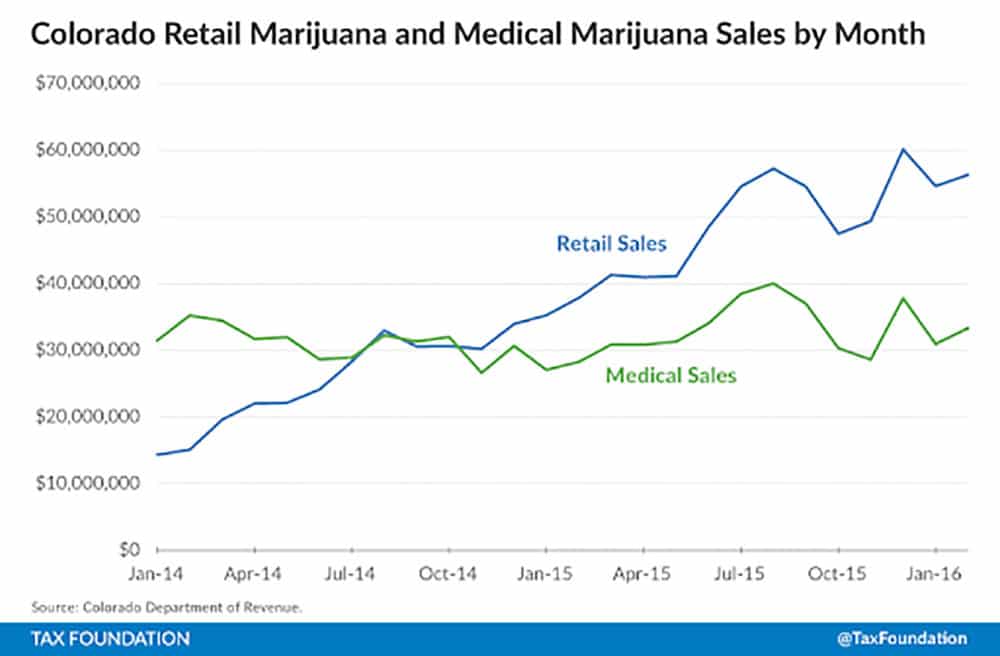
Source: Tax Foundation
However, the most noteworthy example of medical sales failing to translate into recreational sales can be seen in California. Part of the reason why then-Governor Jerry Brown believed that the state would generate over $643 million in 2018 from excise taxes alone was the strength and popularity of medicinal sales. However, with $32 million in excise tax revenue for the first quarter of 2018, $43.5 million in the second quarter, and $53.3 million plus $50.8 million over the last two quarters of the year, the total excise tax revenue of approximately $179.6 million was only a third of the value the governor anticipated.
Why is this the case? According to The Pew Charitable Trusts, this is because of how the two industries implement tax policies to collect their revenue. Marijuana for medicinal use is taxed as a healthcare product, which is considered an essential and relatively inflexible portion of both the manufacturer and consumer’s budget. However, recreational cannabis generates revenue from a sin tax, similar to alcohol and tobacco. This is an unreliable method of making money because it’s ultimately a contradictory measure; it discourages customers from consuming a particular product while also depending on them consuming it to generate revenue.
Because of this, it’s foolish to assume that taxing marijuana as a sinful luxury item will generate similar profits when taxing it as an essential healthcare cost!
Customers Will Choose Convenience
It’s important to note that people have been buying and selling marijuana far before it became decriminalized or legalized. The black market drug trade has a long history and an international presence. Consequently, any government attempting to generate revenue through legalizing drugs is essentially in direct competition. This has been hypothesized as yet another reason why California’s recreational marijuana tax revenue has been so disappointing.
Consider this graph from the Institute on Taxation and Economic Policy showing the states with the highest cannabis tax revenue per capita:
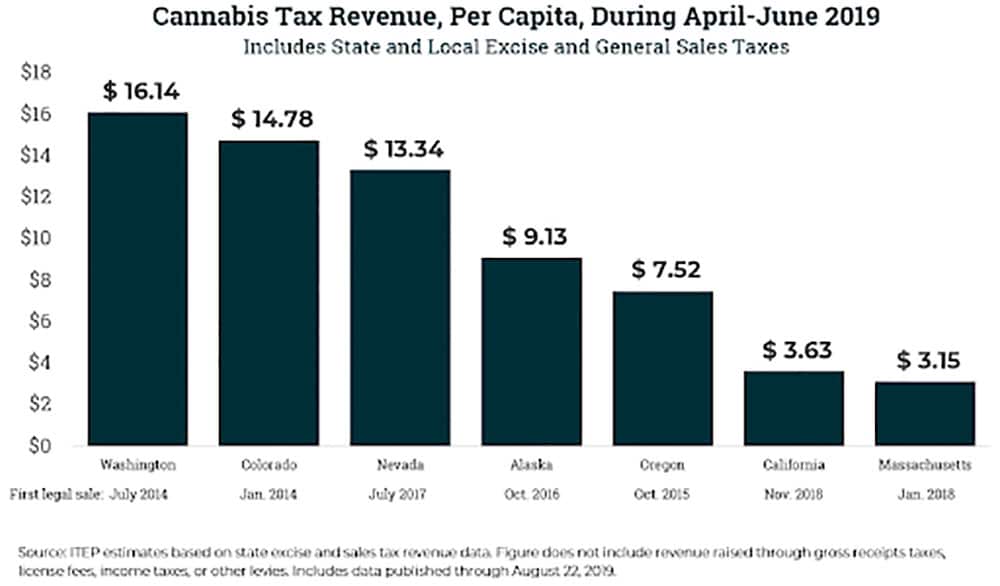
Source: ITEP
What’s the most effective way of winning this competition? It’s not by offering your product at a reduced cost by lowering taxes. The above graph shows that Washington is by far the most lucrative state for recreational cannabis tax revenue, and they have some of the highest tax rates in the country. California also imposes some of the highest tax rates in the country for marijuana, and they’re ranked second-to-last on this chart.
In actuality, the best way to win this competition is by offering greater convenience for the customer. Regarding Washington, its 37% tax was actually implemented for the purpose of making tax payments easier for cannabis dispensaries and cultivators. By making it more convenient for businesses to sell marijuana legally, it allows for more dispensaries to open for business. This makes their product more available, which increases the convenience for the customer. As a result, it becomes more convenient to purchase cannabis legally, which limits the appeal of buying it illegally.
The black market drug trade has a long history and an international presence. Consequently, any government attempting to generate revenue through legalizing drugs is essentially in direct competition
The Cannabis Market is Still Difficult to Predict
Finally, one of the most significant lessons that can be learned from all this data is that it still doesn’t provide a clear enough picture to accurately predict marijuana tax revenue. Although the examples of cannabis tax set by some states can help others to avoid potential pitfalls, we’re still left with more questions than answers.
Consider the fact that in 2017, Nevada actually made more in recreational cannabis tax revenue than they initially predicted. According to an article discussing these numbers in 24/7 Wall Street, one potential explanation for the high revenues is customers from neighboring states like Utah looking to bypass their home state’s restrictions. Does this mean that revenue growth is disproportionately affected by legislation in other parts of the country? What would happen to Nevada’s cannabis tax revenue if Utah legalized recreational use? Would the two states start competing with each other to pull in enough revenue to justify regulating the industry?
And then there’s this graph from Statista showing California, Washington, and Colorado’s response to COVID-19:
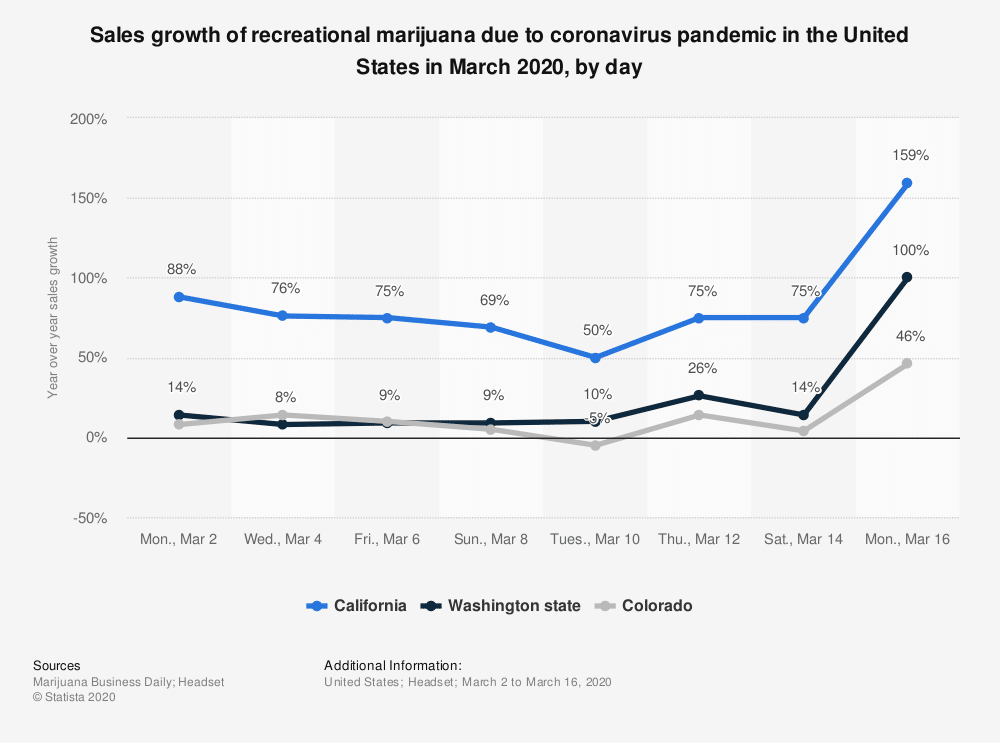
Source: Statista
Although the examples of cannabis tax set by some states can help others to avoid potential pitfalls, we’re still left with more questions than answers.
Clearly, tons of people in these three states are stocking up on recreational marijuana in response to the Coronavirus outbreak. And when you compare this graph to news stories of increased marijuana sales in Michigan and Nevada, this means that the cannabis industry is contradicting nearly every other industry in the world as we rapidly approach a global economic recession. How long will this increase in sales last? Will the cannabis market eventually crash as well, or is this a recession-proof industry?
These are just a few of the questions raised from conflicting or surprising data that’s been gathered so far. And while we’re likely to only find more questions after answering these ones, one conclusion remains crystal clear: This country-wide experiment into legalizing marijuana for recreational purposes is essential.
It’s clear that a significant majority of American citizens want marijuana to be legal. Past attempts to abolish cannabis use through criminalization and malicious taxation have been historically unpopular and ineffective. But by taking a positive approach that allows for the creation of new businesses and increased revenue for local and state governments, this country may be able to correct some of its past mistakes and ensure a prosperous future for its citizens, even in the face of a global crisis.
The only way to know for sure is to keep experimenting, keep gathering data, and keep analyzing the results!

